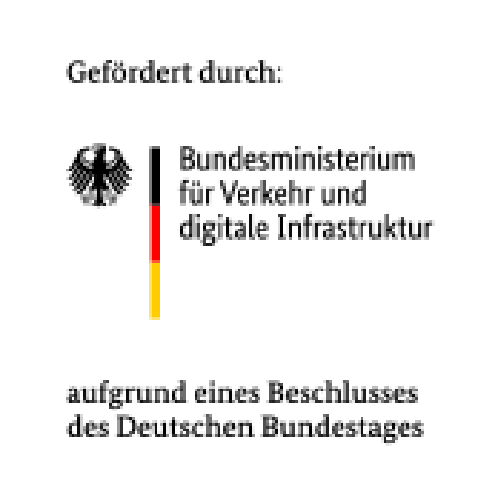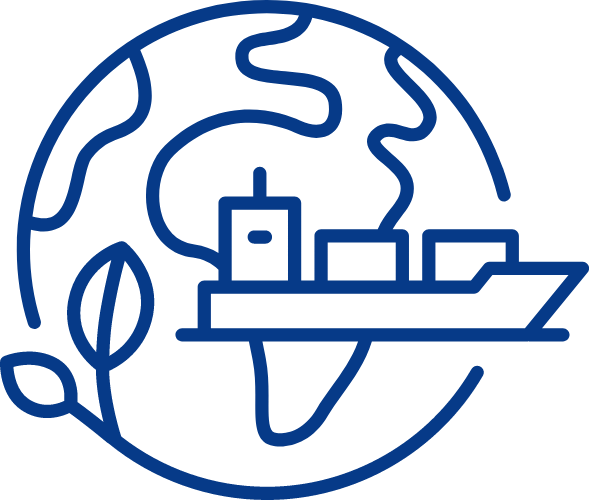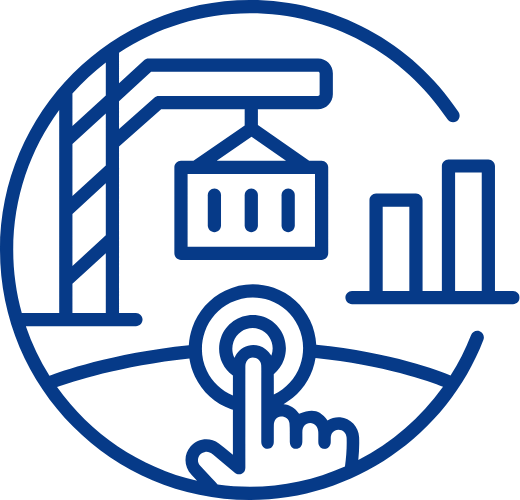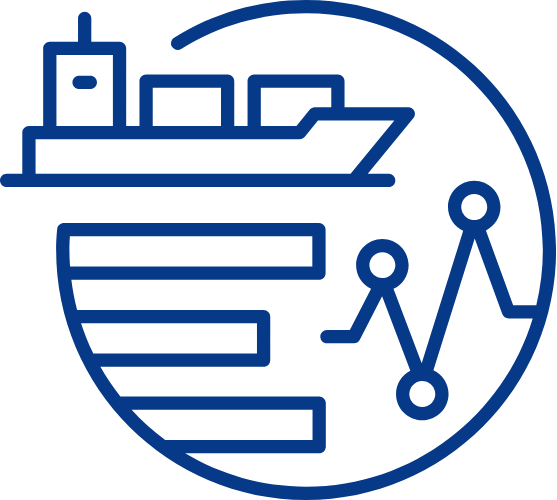MaritIEm
Emission- and concentration modelling in maritime transport chains
Problem
The increasing traffic in port cities also causes a deterioration in air quality: the emission of air pollutants has a particularly local impact on the environment and health. The increasing or persistent environmental pollution from maritime transport chains must therefore be countered by taking prompt steps to reduce greenhouse gases and air pollutants. The pressure on ports, terminal operators and global players to intensively improve the sustainability of their transport processes is increasing steadily.
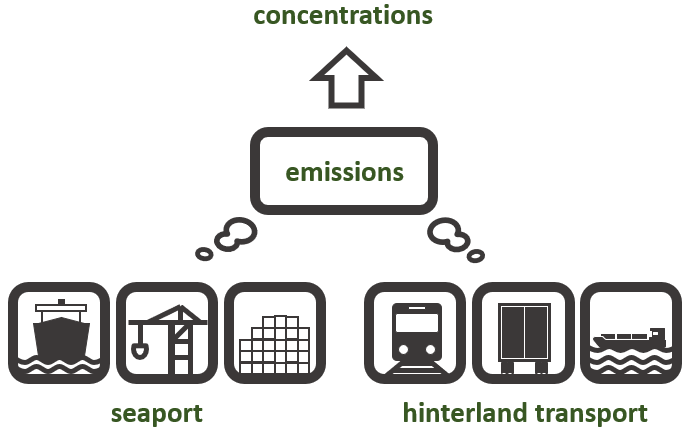
Project goal
The central approach of MaritIEm is to assess the effectiveness of various measures to reduce emissions and thus concentrations in port cities. Bremen and Bremerhaven are used as models in the project; however, the application of the results and conclusions obtained in all European seaports is to be discussed and a new data-based methodology to be established. In parallel, a global transferability of this emerging service is being examined.
Execution
The MaritIEm project takes a holistic view on physical transport in the maritime logistics chain - sea and hinterland transport as one unit. The resulting emissions are quantified and the concentrations are modeled at selected volume focal points near the port. This modeling enables the simulation and thus the identification of possible measures with a particularly high potential for reducing environmental pollution.
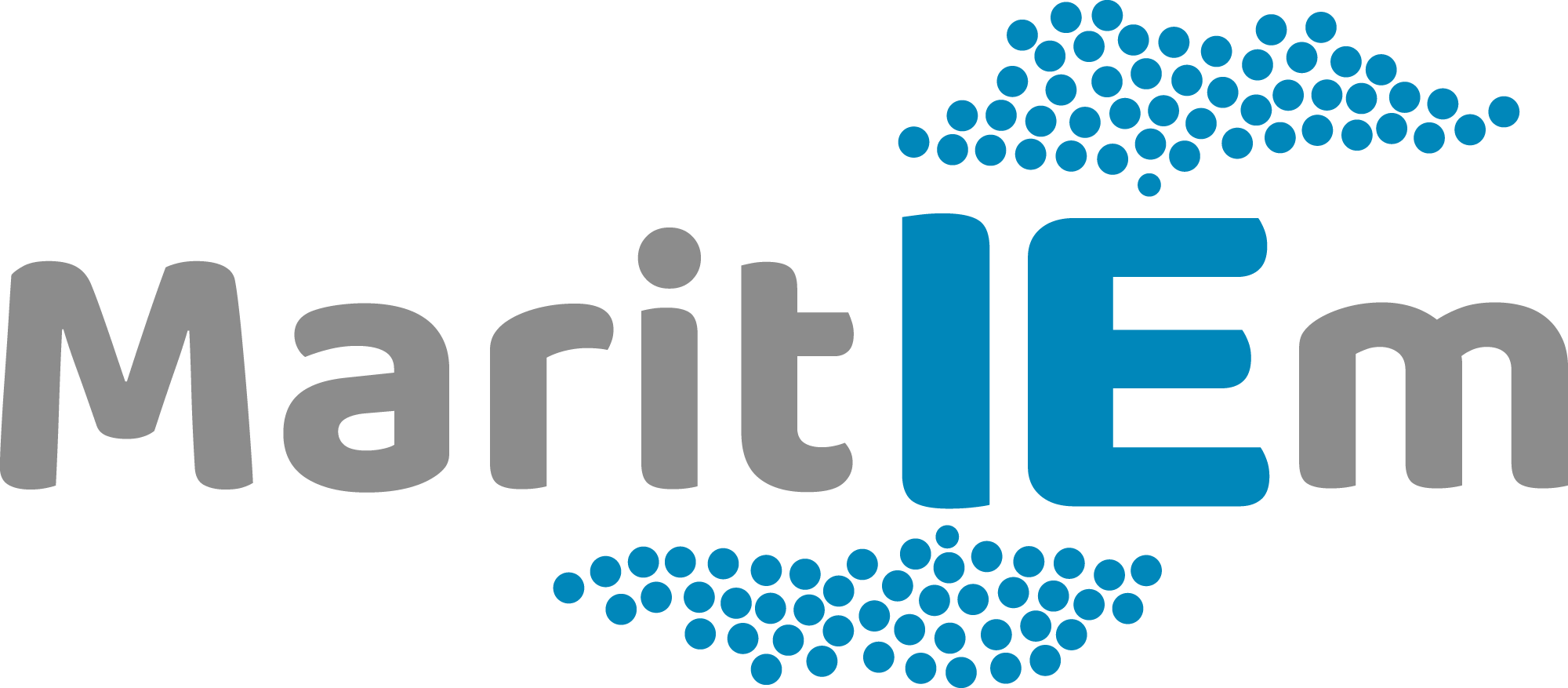
Project duration
06.2020 – 08.2023
Project partner
In addition to the ISL, IVU Umwelt GmbH is also involved in the project.
Further information
Visualisation of the MaritIEm project end
Funding notice
